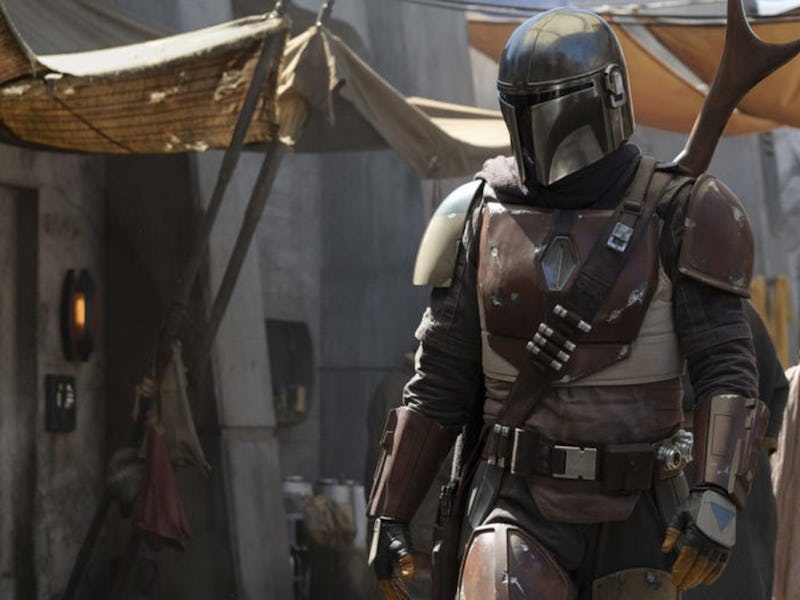‘The Mandalorian’ Has a Whole Lot of CGI, According to Jon Favreau
Weesa have a bad feeling about this...

Ahead of D23, Disney’s fan event that kicks off in Anaheim on Friday and runs through the weekend, The Mandalorian showrunner Jon Favreau revealed some new details about the upcoming Disney+ series about a lone gunfighter for hire who hails from the same world as Jango and Boba Fett. In a new interview, Favreau espoused the virtues of “digital production,” despite longstanding criticisms of the CGI-heavy Star Wars prequels and the lukewarm reviews of his own recent adaptation of The Lion King.
On The Mandalorian Embracing Virtual Sets Instead of Practical Effects
Speaking with The Hollywood Reporter in an interview published Wednesday, Favreau said that much of the work of making the The Mandalorian will be done digitally.
“We’re using game engine technology, virtual camera work and virtual production that we developed on Lion King, applying those learnings to designing a project where you could use virtual sets and virtual set extensions using real-time rendering,” he said, “which is something that people talk about but we’re the first people to actually apply it to a production.”
This marks a pretty substantial departure from how directors have approached the Star Wars universe since Disney acquired the franchise in 2012. While even the 1977 original embraced the use of what were then cutting-edge technologies (after all, we wouldn’t have Industrial Light and Magic without Star Wars), sequels trilogy directors J.J. Abrams and Rian Johnson emphasized the importance of practical effects, like elaborate physical sets and meticulously animated puppetry, in The Force Awakens and The Last Jedi. This approach was likely in response to the vocal segments of the fandom that were underwhelmed by the prequels, which made heavy use of CGI and green screen technology. The result was a lifeless, wooden feel to the films, which seemed to prioritize flashy visuals over character development and engaging storytelling.
When the interviewer asked Favreau about this choice in the context of criticism of the Star Wars prequels, he doubled down on taking a similar approach to The Mandalorian, arguing that technology has evolved since the late 90s and early 2000s.
“The prequels are — and [George] Lucas in general is — the bedrock that all of this is built on. He is the first person that had digital photography, he was the first person to do completely CG characters,” Favreau said. “It’s building on the shoulders of what he was able to innovate.”
Game engine technology? Completely CG characters? Weesa have a bad feeling about this.
Carl Weathers plays Greef Carga, the head of a guild of bounty hunters, in *The Mandalorian.*
Creating a Wretched Hive of Scum and Villainy
Though some of Favreau’s comments raise cause for concern among Star Wars fans who don’t have the fondest memories of the prequel films, he dropped some intriguing tidbits about the show’s atmosphere and vibe elsewhere in the conversation. Among the juiciest of them is the prospect that The Madndalorian will explore the seedy underbelly of a galaxy far, far away.
“I’m trying to evoke the aesthetics of not just the original trilogy but the first film,” he said. “Not just the first film but the first act of the first film. What was it like on Tatooine? What was going on in that cantina? That has fascinated me since I was a child, and I love the idea of the darker, freakier side of Star Wars, the Mad Max aspect of Star Wars.”
The “darker, freakier” pockets of the Star Wars universe certainly sound like fun places to visit. And it makes sense that on a TV budget, it’s easier to make a gaggle of goofy extraterrestrial bar patrons on a computer. Let’s hope the show has an equally innovative, attention-grabbing story to match all that spiffy tech going on behind the scenes.
The Mandalorian is set to premiere the same day as Disney+ on November 12.